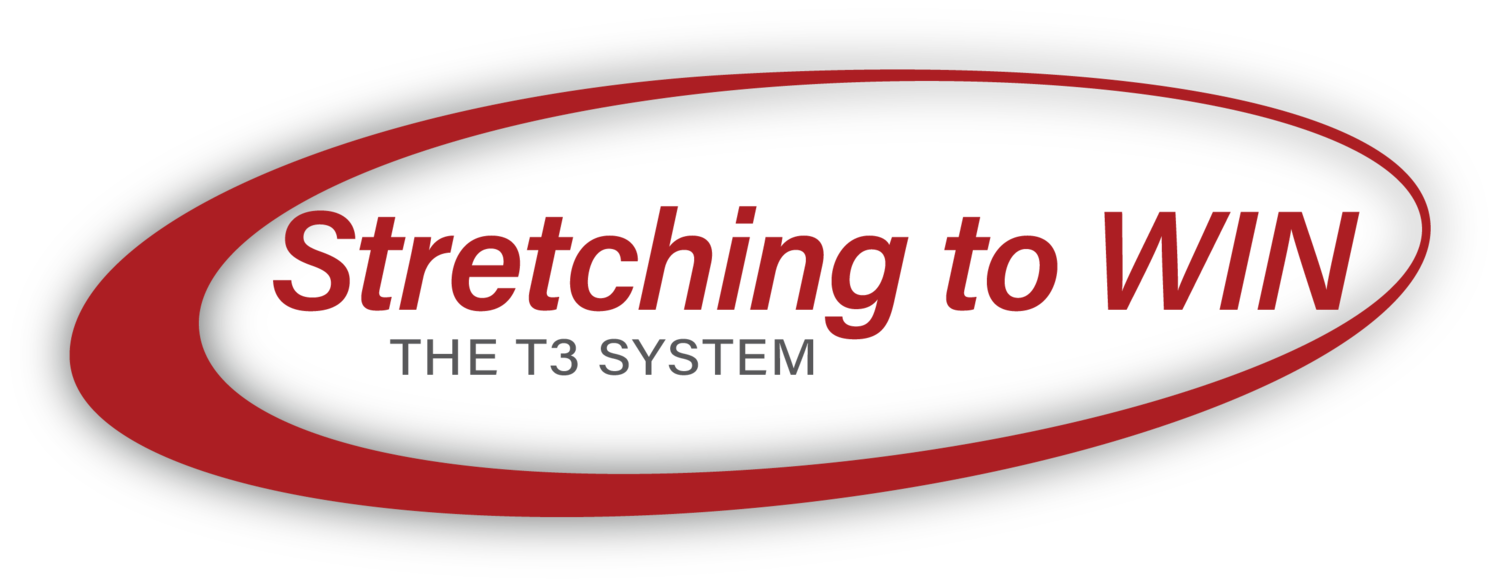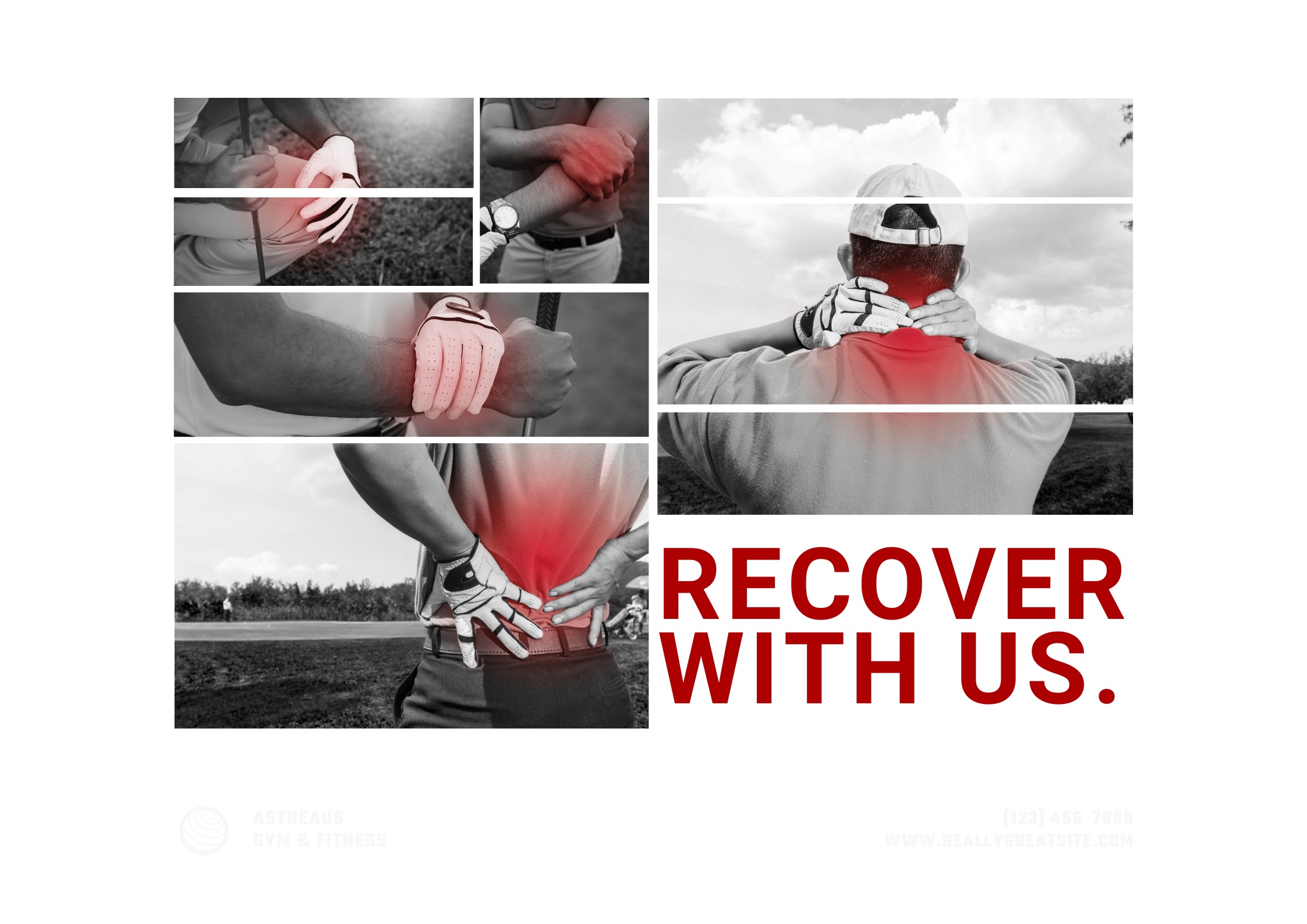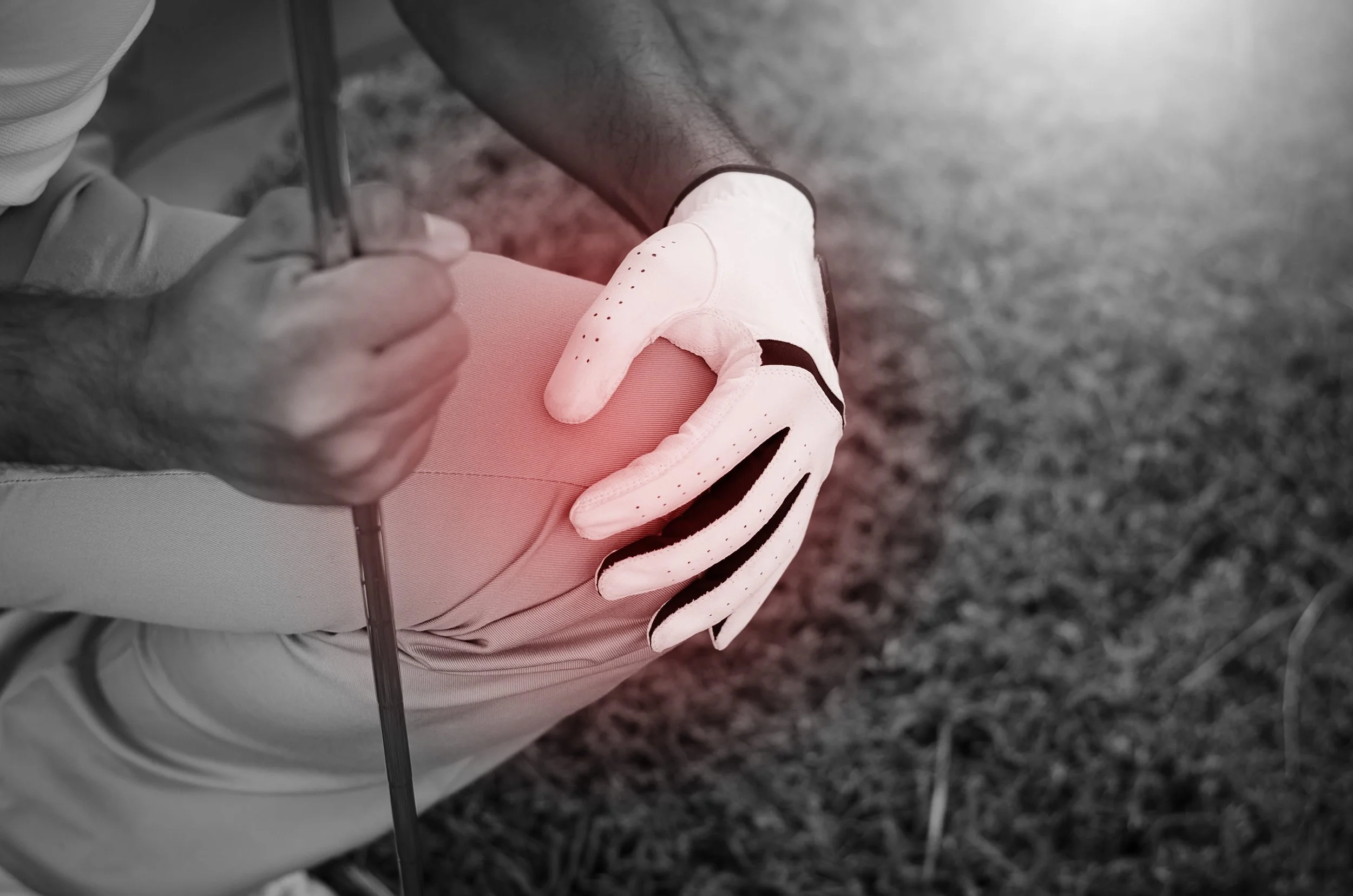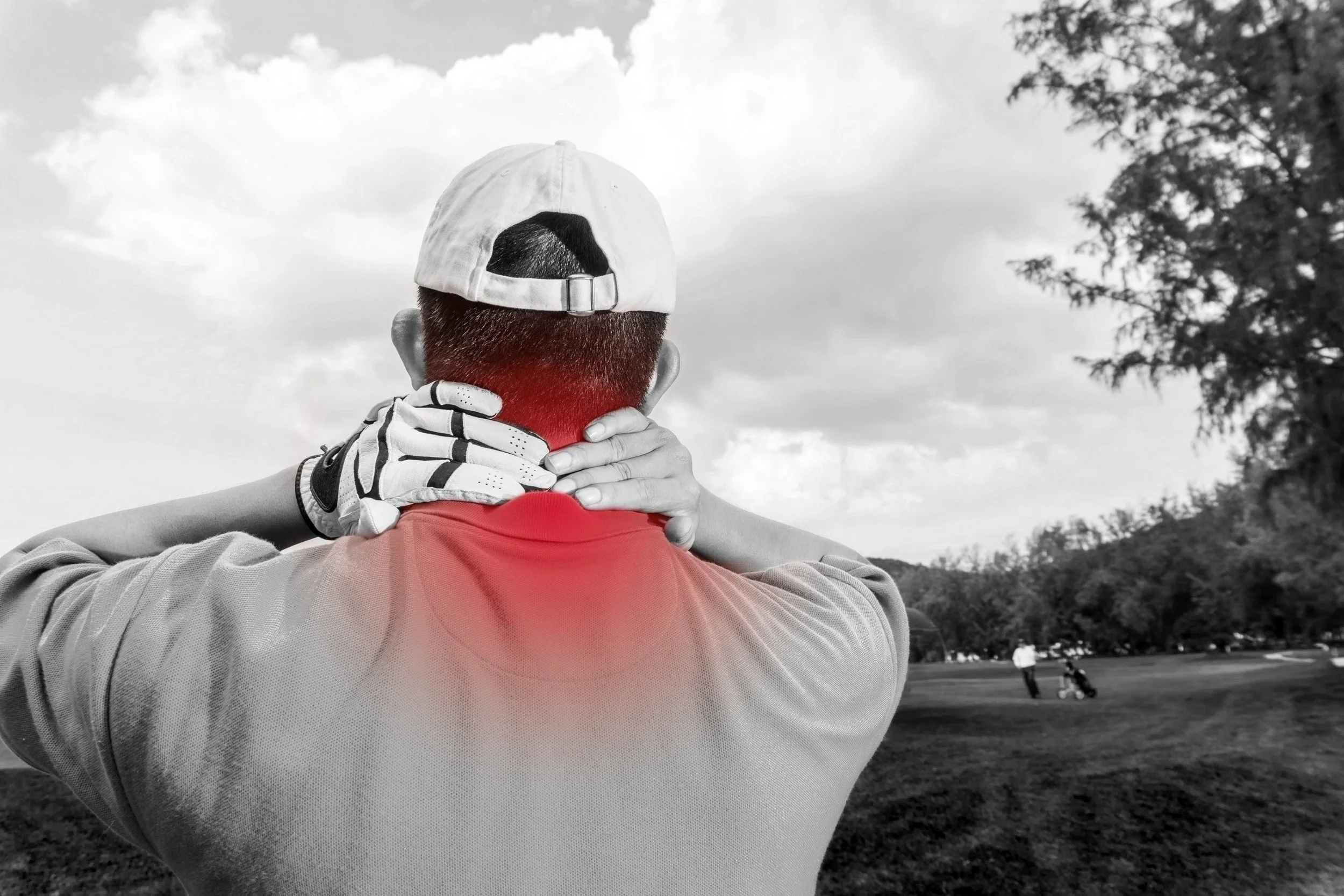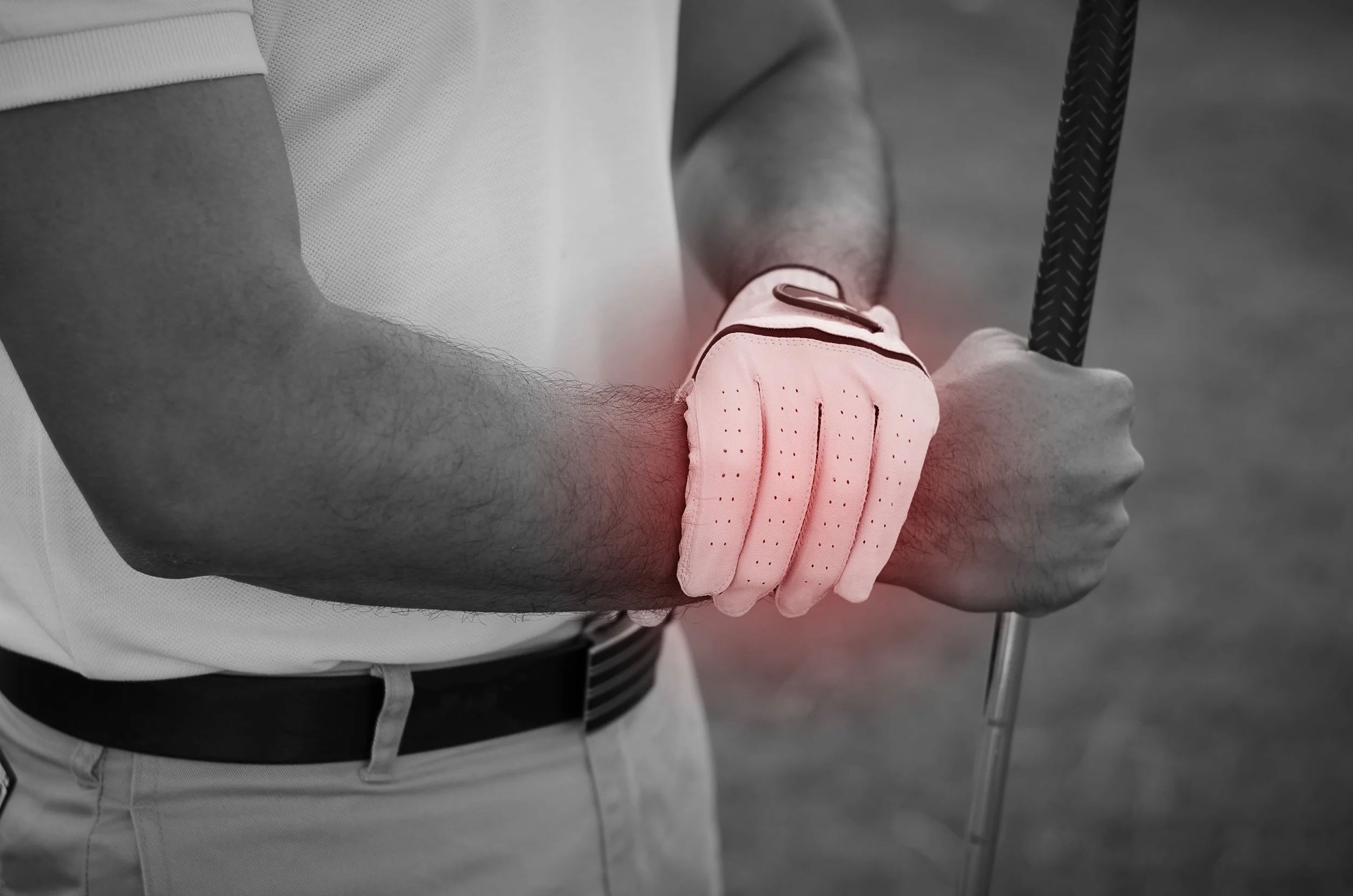GOLF INJURY RECOVERY AND THE T3 SYSTEM
The game of golf is often portrayed as a low-impact sport explosive nature of the golf swing can place a tremendous amount of stress on the body resulting in an acute injury. On the other hand, the sport’s repetitive nature also has the potential to lead to an overuse injury. You don’t have to be a professional to experience some of the most common injuries in golf. Even casual golfers can sustain injuries; however, many of these injuries can be prevented with The T3 System.
REASONS INJURIES OCCUR:
Rotational Stresses Placed on the Spine
Traumatic Force to The Body Resulting from a Poorly Executed Swing
Overuse And Over-Practice
Poor Swing Mechanics
Not Warming up the Muscles Properly
MOST COMMON INJURIES FOR GOLFERS THAT THE T3 SYSTEM CAN HELP:
Back Pain – Rotational stresses of the golf swing compounded with the bent-over stance and repetitive motion can place considerable pressure on the spine and muscles. Back pain in golfers might be mechanical (joint-related) or disc-related, arthritis-related, or caused by a stress fracture, among other possible causes.
Elbow Tendonitis – Tendonitis (irritation and inflammation of a tendon) is the most common condition affecting the elbow. It is frequently referred to as “tennis elbow” (injury to the outer tendon) and “golfer’s elbow” (injury to the inner tendon). Repetitive motions, range of motion limitations, muscle weakness and imbalance, and faulty swing mechanics all contribute to the development of elbow tendonitis.
Knee Pain – Rotation through the pelvis and hips is required with every swing of the club. These motions transfer rotational stresses to the knees stresses that the knees must withstand to maintain contact with the ground. This repetitive action can result in ligament sprains or muscle strains and can contribute to or aggravate existing arthritis. Extreme force placed on the knee can result in torn ligaments.
Rotator Cuff/Shoulder Pain – Injuries to the rotator cuff (the muscles responsible for stabilizing the shoulder joint) can be sustained through traumatic force resulting from a poorly executed golf swing (i.e., hitting a root or rock, taking a deep divot, or from overuse). Common shoulder injuries include rotator cuff sprains, tendonitis, tears, impingement syndrome, acromioclavicular joint arthritis, and glenohumeral instability.
Wrist Injuries – There’s a high risk of wrist injury as a result of the high velocity of the club at the top of the backswing and during impact, as well as the repetitive nature of the swing. The most common golf-related wrist injuries are de Quervain’s tendonitis, flexor carpi ulnaris tendonitis, flexor carpi radialis tendonitis, and extensor carpi ulnaris tendonitis.
Hip Injuries – The hips are particularly vulnerable to injury due to a great deal of twisting and rotation of the hips and pelvis during the golf swing. This region of the body must efficiently transmit power from the lower body into the upper body and ultimately to the club head in the effective golf swing. As a result, the hips are subjected to rotational and shear forces that can result in injuries like those found in the shoulder. These common injuries include arthritis, muscle/ligament strain/sprains, and labral tears.”
WE ARE HERE TO HELP:
Our sports therapists are experts in the science of movement. Using the T3 System, they can identify and remediate range of motion limitations, muscle weaknesses, and imbalances that may leave you susceptible to injury or prevent reaching your potential. If you're looking for a comprehensive solution that minimizes the risk of injury and keeps you on the links, book a consultation today. We'll help you get back to doing what you love - playing golf pain-free.
